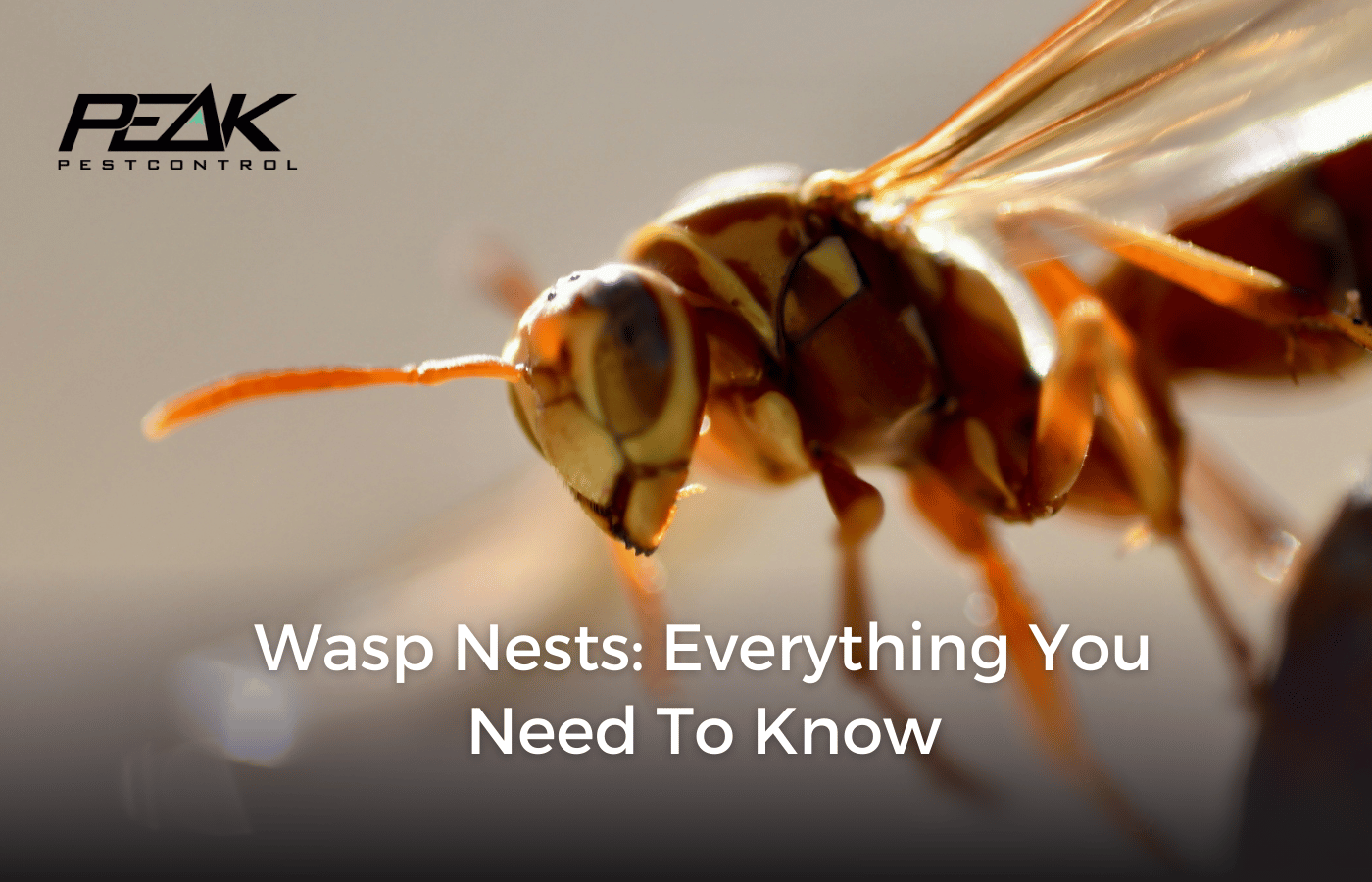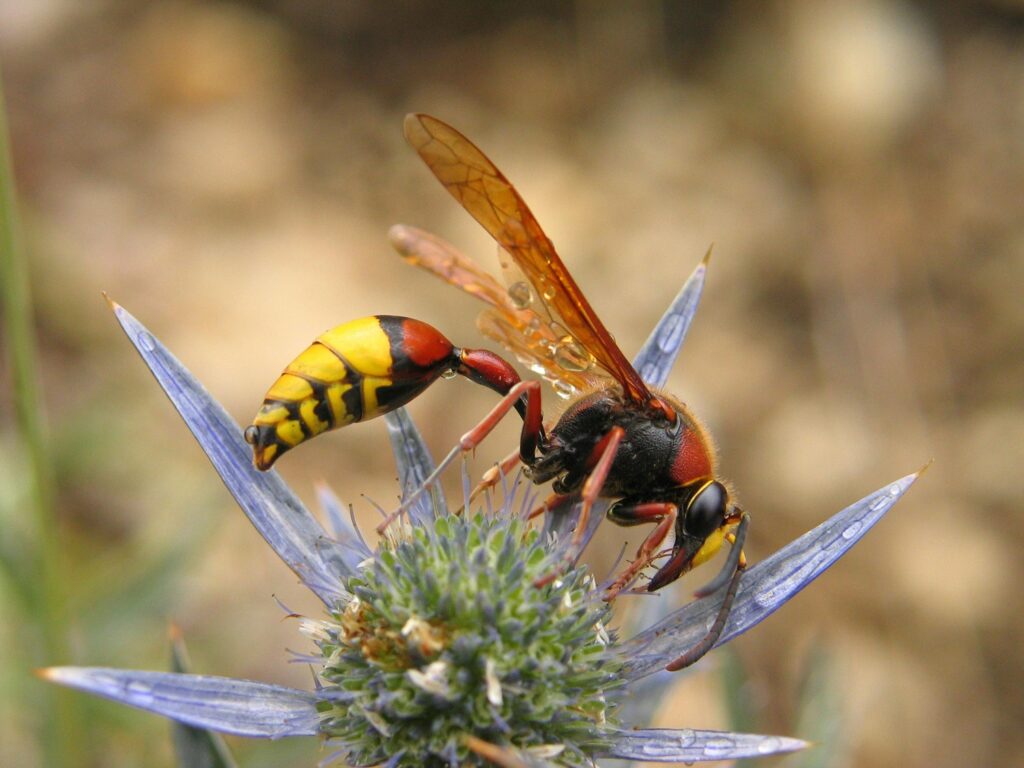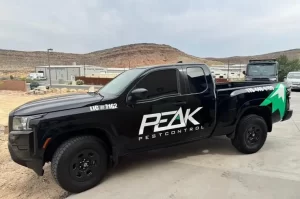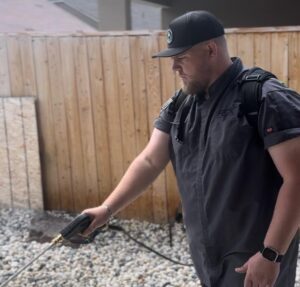Wasp nests can be an unwelcome sight around homes and gardens. These intricate structures house wasps and their larvae, providing both shelter and a base for their activities. Understanding wasp nests is important, especially if you come across one in your yard. In this guide, we will cover how wasp nests are constructed, where they are likely located, and what to do if you need to remove one. Whether you’re curious about their lifecycle or want to ensure safety around your home, this information will be useful.
What Are Wasp Nests Made Of?
Wasp nests are fascinating structures, primarily made from chewed wood fibers mixed with wasp saliva. This combination creates a papery substance that is both strong and lightweight. The nest begins with a small central stalk and continues to expand as the colony grows. Each layer is constructed carefully to house the growing number of wasps and larvae.
How Do Wasps Build Their Nests?
Starting the Nest
The building process usually starts in spring when a queen wasp wakes from her winter rest. She begins by choosing a suitable location and then creates the first cells, laying her eggs inside.
Nest Expansion
As these eggs hatch, worker wasps take over the task of expanding the nest. They chew up more wood, creating more cells to accommodate new generations. The nest can grow quite large, housing thousands of wasps by the end of summer.
Where Are Wasp Nests Found?
Common Locations
Wasp nests can be found in a variety of locations. Some common spots include eaves of houses, garages, sheds, and trees. Wasps prefer sheltered spots that provide protection from the elements.
Hidden Nests
In some cases, wasp nests can be hidden underground or inside wall cavities. These nests can be more challenging to spot and may require professional help to locate and remove.
What to Do If You Find a Wasp Nest
Assess the Situation
If you find a wasp nest, the first step is to assess the situation. Determine if the nest is in a location that poses a risk to people or pets.
Safety First
If removal is necessary, it’s important to prioritize safety. Wasps can become aggressive if they feel their nest is threatened.
Safe Removal Tips
- Hire Professionals: For large nests or those in difficult locations, hiring a pest control expert is the safest option.
- DIY Disposal: If you decide to remove a small nest yourself, wear protective clothing and use a wasp spray designed for the task. Apply the spray at dusk or dawn when wasps are less active.
Navigating Wasp Nest Management: Strategies for Safe Coexistence
Wasp nests are an impressive feat of nature, showcasing the industrious nature of these insects. While they play a role in the ecosystem, their presence near homes can be a concern. By understanding how wasp nests are made and where they are typically located, you can better manage encounters with them. If removal is needed, remember to prioritize safety and consider professional help for larger or more challenging nests. Being informed can help you coexist with wasps while keeping your family and property safe.
Need help with wasp nests near your home? Contact Peak Pest Control today for expert wasp control in Reno. Ensure your safety and peace of mind by letting our professionals handle it. Call us now!









